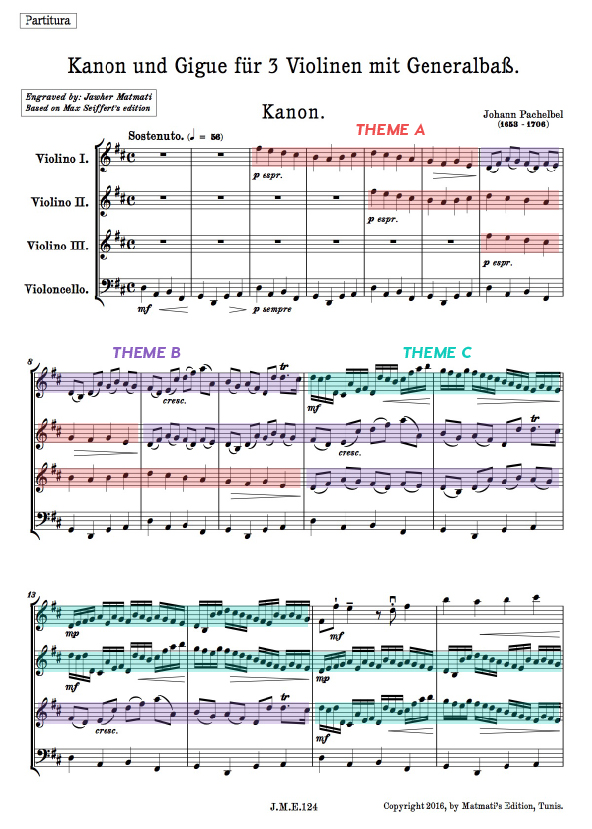Welcome to our new series, Quick Tracks! Every other week, we’ll send you another short composition, performance, or production challenge to help you up your musicianship. We’d love to hear your responses! You can email us, leave a comment, or post to social media with the hashtag #quicktracks and tag us @learntosoundfly. Good luck!
Here at Soundfly, we want you to be a well-rounded musician. (Get it?) For your first Quick Tracks, we challenge you to write a short canon or a round that involves a four-bar melody and has more than two voices!
We’ve included more details and instruction below — but feel free to use this prompt as a jumping-off point and let your creativity drive you. And if you’re looking for a more through brush-up of the foundational elements of composition, look no further than Tim Hansen’s online course, Introduction to the Composer’s Craft, where you’ll receive personalized mentor feedback and support as you move through the material.
What’s a Canon?
The Harvard Dictionary of Music defines a canon as an “imitation of a complete subject by one or more voices at fixed intervals of pitch and time.” In layman’s terms, that means it’s a piece of music where the same melody repeats itself but starting at different times, also known as a round.
For those of us not steeped in classical music theory, the easiest way to imagine it is simply thinking of the way we used to sing “Row Your Boat” around the campfire — one person starts it, another person enters after the second measure, then another person starts two measures later, and so on ad infinitum. Other classic tunes often performed in this way include “Frère Jacques” and “Three Blind Mice.”
But, according to Ian Davis’ splendid recent article for Flypaper, canons don’t always have to be nursery rhymes. In fact, they have a rich tradition in classical music. According to the Encyclopedia Britannica, the oldest canon we know about is from the 13th century, a piece called “Sumer is icumen in.” Although perhaps the most widely known example is Pachelbel’s Canon, or Johann Pachelbel’s “Canon and Gigue for 3 violins and basso continuo,” written sometime between 1680 and 1706.
Take a look at how this famous canon unfolds below — I’ve marked the melodic themes in the score so you can see how the melodies overlap each other in imitation.

Canons can be a lot of fun and are a great way to create some very simple polyphonic music, or music comprised of many voices, in which no one voice is the most important. And it doesn’t have to be just classical music. The Beach Boys’ “God Only Knows” ends with a very simple two-part canon in which the singers repeat “God only knows what I’d be without you” in an alternating cycle.
Or, there’s this near-perfect canon in the musical Rent. The entire song is basically just the one melody sung in a round with a few extra supporting melodies tossed in for good measure.
How to Write a Canon
In the classical music world, there are a number of different types of canons and ways to approach writing one. Canons may be infinite or finite; have many voices or just a few; start after a half note, whole note, or some other interval; and modulate key or invert pitches.
That said, for the purposes of this exercise, we recommend keeping it simple. The easiest way to compose a simple canon is to write a four-bar melody, then copy and paste it into a different voice starting a measure later. Then, test and tweak it until you come up with something you like. Finally, share your results with us!
(As always with these challenges, we recommend sticking to the prompt to get started, but if you decide to use this as inspiration for something larger and weirder, that’s fine, too!)
Feel free to share what you come up with in the Comments below or by tagging us on social media. We’ll share it!
Want More?
Canon writing is one way to introduce polyphony into your music, or the idea of having multiple voices all with equal importance. Check out the video below, and then consider joining our Mainstage Course, Orchestration for Strings, if you want to go deeper with your arranging skills!
This was the first in our forthcoming series, Quick Tracks. To follow along, or check out more challenge editions, bookmark or simply visit this page.





